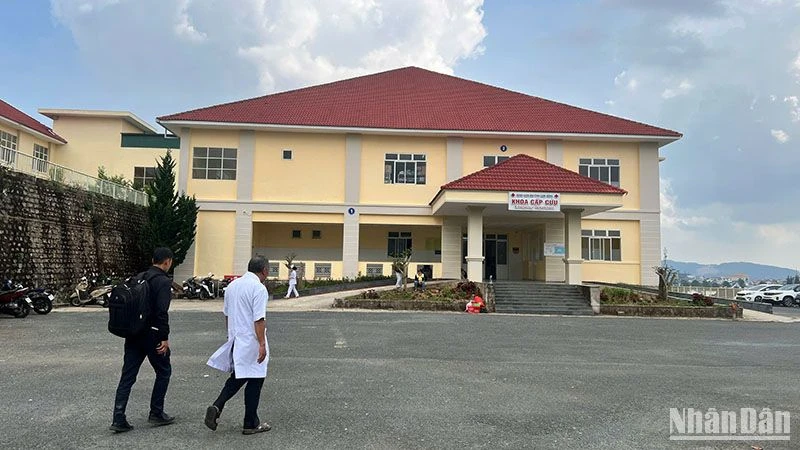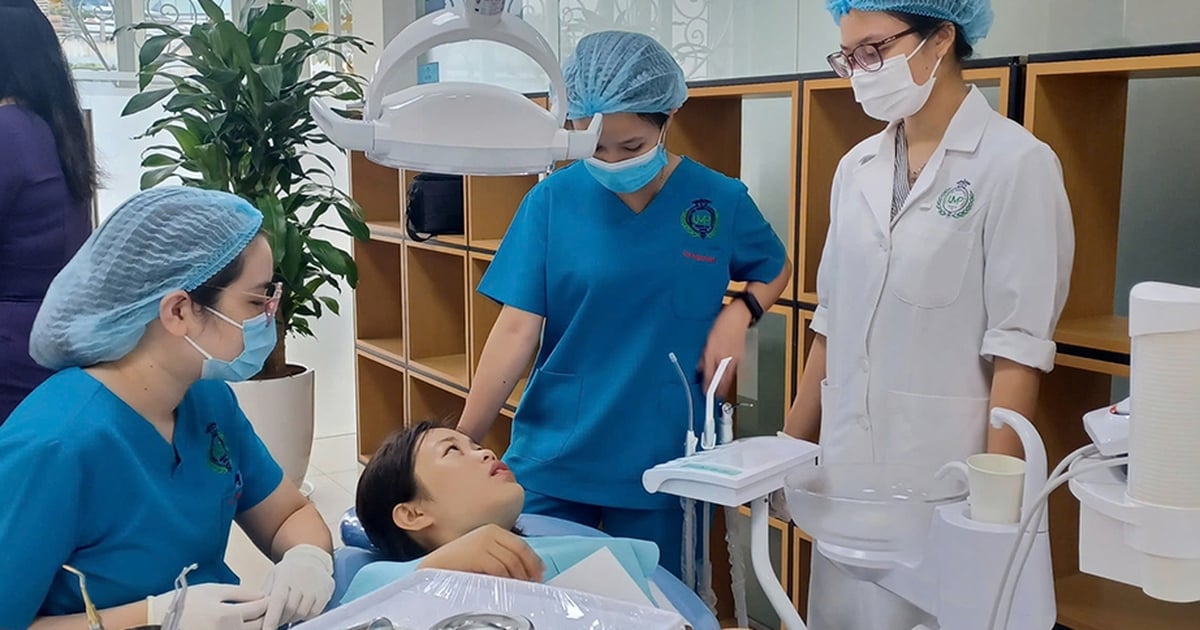In a new study just published in the journal of the US National Cancer Institute JNCI , scientists have found a factor closely related to the risk of cancer, especially in people over 50 years old.
Experts from Lund University (Sweden) analyzed data from 339,190 participants, with an average age of 51.4. They were monitored for BMI and waist circumference as well as cancer status for an average of 14 years.

Cancer is one of the most dangerous diseases.
Photo: AI
During follow-up, 18,185 people developed obesity-related cancers.
According to the International Agency for Research on Cancer (IARC) of the World Health Organization (WHO), obesity-related cancers include cancers of the esophagus, stomach, colon, rectum, liver, gallbladder, pancreas, breast, uterus, ovary, kidney, brain, thyroid and multiple myeloma, according to the medical news site News Medical.
The results found that abdominal obesity in middle age was an important predictor of the risk of obesity-related cancers.
Specifically, for men, an increase in waist circumference of 11 cm increases the risk of obesity-related cancers by 25%.
For women, a 12cm increase in waist circumference increases this risk by 13%.
Notably, even people who are not severely obese - meaning their BMI is not too high, but their waist circumference is too large - still have an increased risk of cancer, especially in men.

Many types of cancer are linked to obesity.
Photo: AI
This led the authors to conclude that waist circumference may be an important measure of obesity-related cancer risk, especially in men, according to News Medical.
This result also means that people aged 50 and over can reduce their risk of obesity-related cancers by maintaining a stable waist measurement, without increasing too much over time.
The study authors explain: The BMI index only reflects the level of overweight or obesity but does not show the distribution of body fat, does not reflect the amount of visceral fat, which is the most dangerous type of fat.
Meanwhile, waist circumference accurately indicates the amount of belly fat, namely visceral fat. This dangerous fat that accumulates around the abdominal organs is associated with adverse health outcomes, including insulin resistance, inflammation, and abnormal blood lipid levels. Therefore, people with larger waists are at greater health risk.
Source: https://thanhnien.vn/nguoi-50-tuoi-siet-chat-vong-nay-ung-thu-het-duong-185250403183945208.htm





![[Photo] "Beauties" participate in the parade rehearsal at Bien Hoa airport](https://vstatic.vietnam.vn/vietnam/resource/IMAGE/2025/4/11/155502af3384431e918de0e2e585d13a)


































































![[VIDEO] - Tam Ky in the season of white trumpet flowers through sketches](https://vstatic.vietnam.vn/vietnam/resource/IMAGE/2025/4/12/6364ee7bf6ef49269d215280697e1f12)














Comment (0)